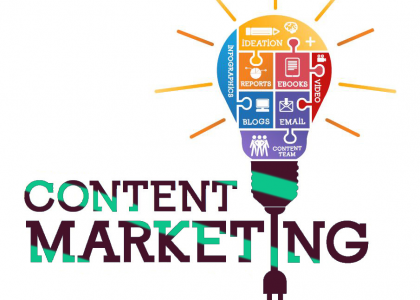In the rapidly changing digital environment of today, email marketing remains a powerful tool for businesses to connect with their audience and build lasting customer relationships. When executed correctly, email campaigns can nurture leads, enhance brand loyalty, and drive revenue. In this article, we’ll explore email marketing best practices that will help you foster enduring connections with your subscribers.
1. Segment Your Email List
Building lasting customer relationships starts with understanding your audience. One-size-fits-all email campaigns are a thing of the past. Segment your email list based on various factors such as demographics, purchase history, behavior, and engagement. By sending relevant content to specific groups, you’ll provide subscribers with information that aligns with their interests and needs.
2. Personalization Is Key
Personalized emails perform significantly better than generic messages. Use your subscriber’s first name and leverage data to create customized content. Tailor your emails to the recipient’s preferences and purchase history. Personalization helps subscribers feel valued and understood, which, in turn, boosts engagement and trust.
3. Craft Compelling Subject Lines
Your subject line is the first impression your subscribers get of your email. Make it count. Create subject lines that are clear, concise, and attention-grabbing. A well-crafted subject line sets the tone for your email and entices recipients to open it. Be creative, but avoid misleading or clickbait-style subject lines that can erode trust.
4. Provide Valuable Content
Your emails should offer value to your subscribers. Whether it’s informative articles, special promotions, or exclusive content, make sure your emails deliver something meaningful. Solve problems, answer questions, and address pain points to keep subscribers engaged.
5. Maintain Consistency
Consistency in your email marketing schedule is essential. It helps subscribers know what to expect and when to expect it. Whether you send weekly newsletters, monthly updates, or regular promotions, stick to your schedule. This consistency builds anticipation and trust with your audience.
6. Optimize for Mobile
A significant portion of email opens occurs on mobile devices. Ensure your emails are responsive and look great on smartphones and tablets. A poorly formatted email on mobile can lead to unsubscribes. Test your emails on various devices and email clients to guarantee a seamless experience for all subscribers.
7. Include Clear Calls to Action (CTAs)
Each email should have a clear and compelling call to action (CTA). Whether it’s encouraging subscribers to make a purchase, read an article, or follow you on social media, your CTAs should be prominent and enticing. Use persuasive language and design elements to draw attention to them.
8. Test and Measure
Don’t rely on assumptions; rely on data. Regularly test different elements of your emails, such as subject lines, content, CTAs, and sending times. Analyze the results to understand what resonates with your audience and what doesn’t. Use A/B testing and analytics tools to fine-tune your email campaigns for better engagement and conversion rates.
9. Focus on Deliverability
Ensure your emails reach the intended inboxes by maintaining a clean email list and following email marketing best practices. Minimize bounces, unsubscribes, and spam complaints. Use double opt-in confirmation to verify subscribers, and regularly clean your list of inactive or disengaged contacts.
10. Engage with Subscribers
Encourage two-way communication. Include reply options in your emails and engage with subscribers who respond. This personal touch helps build relationships and shows that you value their feedback and input.
In conclusion, email marketing can be a powerful tool for building lasting customer relationships when approached strategically and thoughtfully. By segmenting your list, personalizing your content, and consistently delivering value, you can create meaningful connections with your subscribers, ultimately leading to increased brand loyalty and higher conversion rates. Follow these best practices, and you’ll be well on your way to fostering lasting customer relationships through email marketing.






